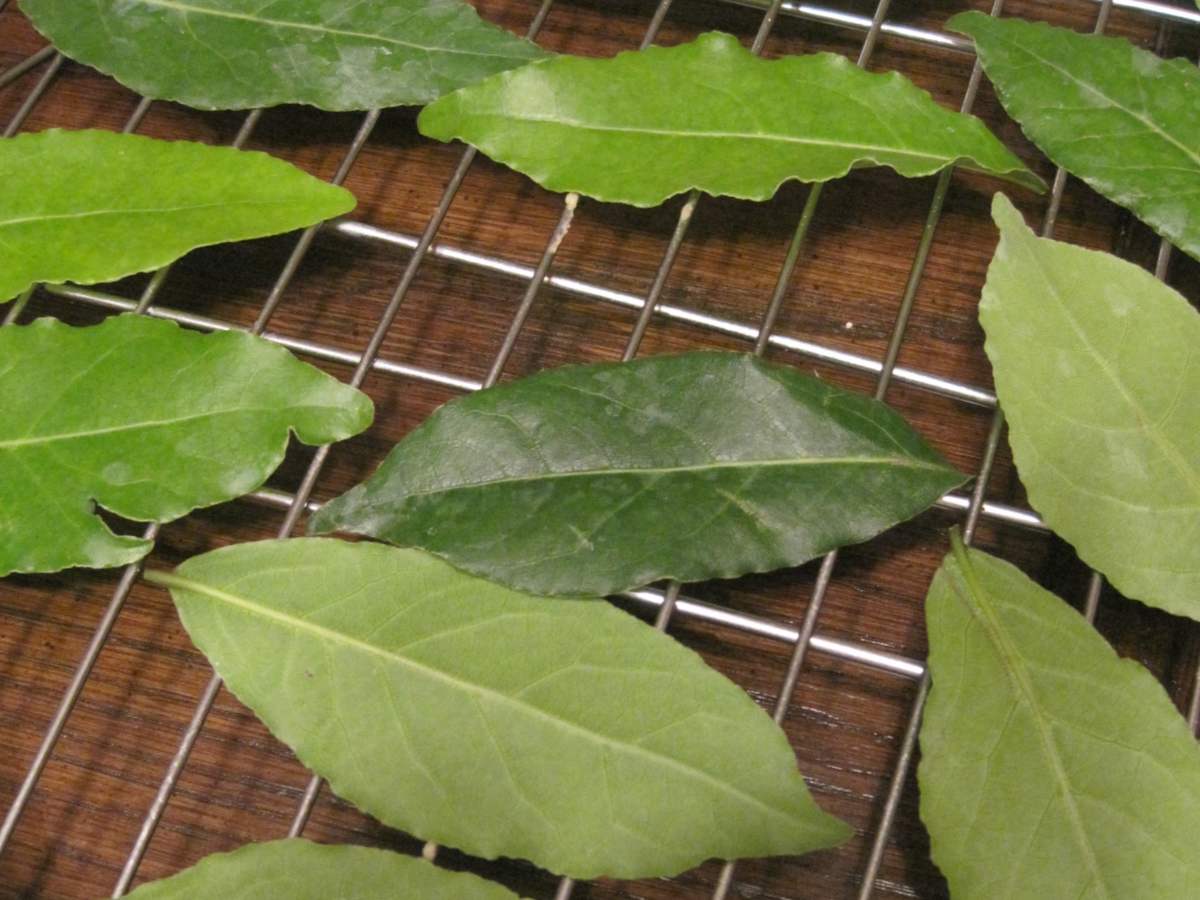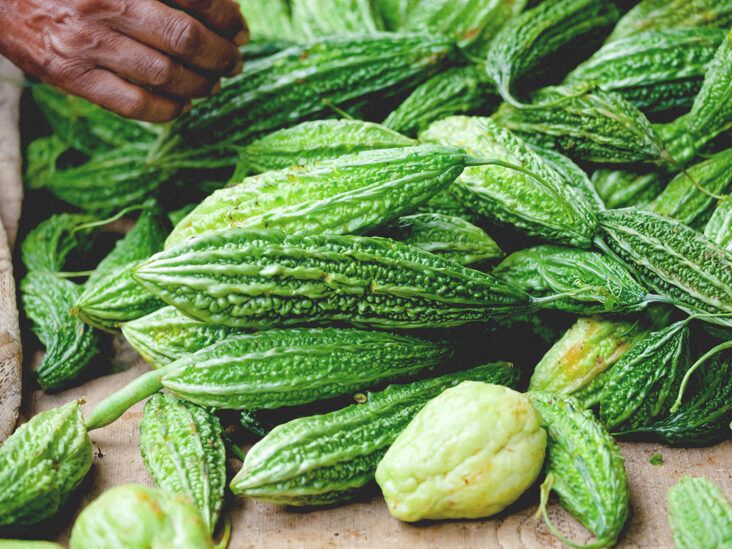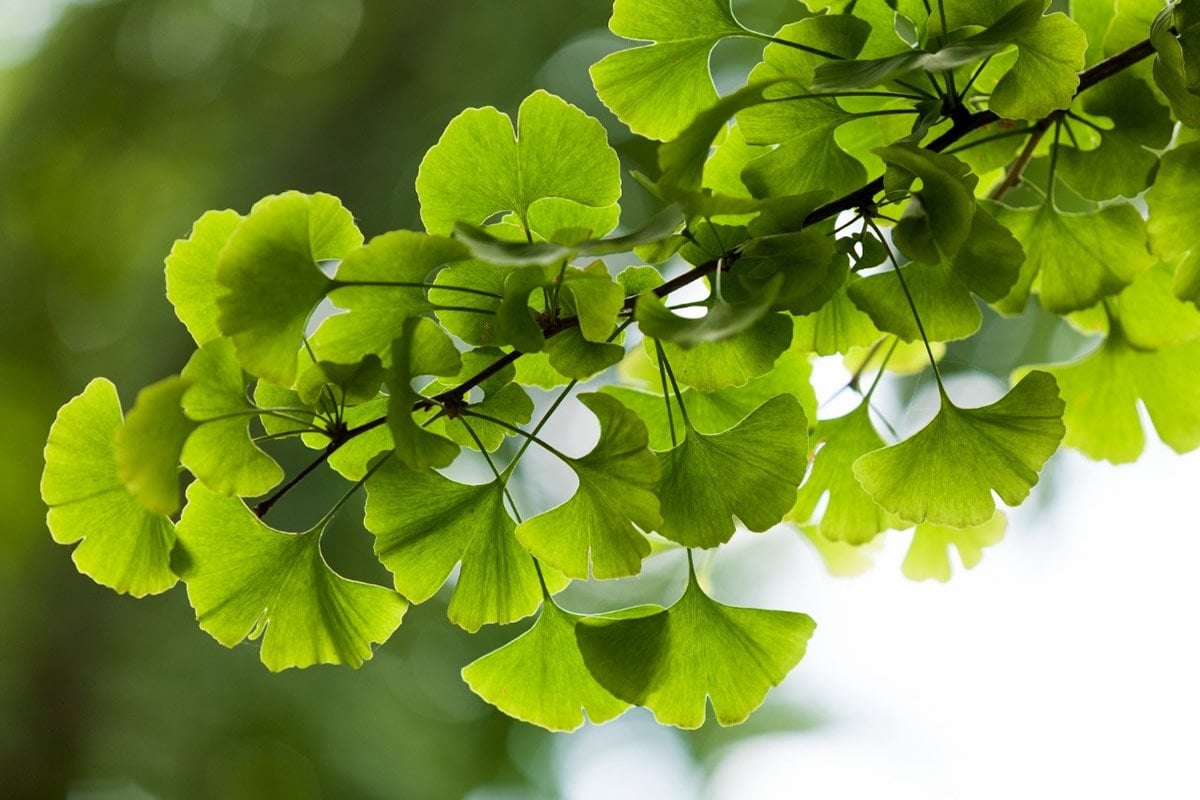Diabetes is a widespread, enduring health condition that impacts a large number of individuals globally. It necessitates meticulous management to ensure a high quality of life. In addition to conventional treatments, many individuals seek alternative therapies to help manage diabetes levels and enhance overall well-being. The natural world provides a rich array of herbal remedies with anti-diabetic properties, which have been utilized for centuries in traditional medicine. This article delves into the most effective herbs for managing diabetes, supported by scientific evidence.
American Ginseng (Panax quinquefolium)
In traditional Chinese medicine, American ginseng has a lengthy history of use in managing diabetes. The active components in American ginseng, called ginsenosides, have been proven to improve insulin sensitivity, reduce blood sugar levels, and increase glucose intake. Studies have indicated that American ginseng can reduce fasting blood sugar levels and enhance the control of glycemic levels in individuals with type 2 diabetes. Additionally, its properties as an antioxidant protect against the oxidative stress and inflammation associated with diabetes.
Bay (Laurus nobilis)
For many years, bay leaves have been used in Mediterranean cuisine and traditional medicine to control diabetes. Compounds such as parthenolide and costunolide found in bay leaves possess anti-diabetic properties. Research has suggested that bay leaves can decrease sugar levels in the blood, improve insulin sensitivity, and enhance glucose metabolism. Furthermore, their properties as antioxidants help in protecting against oxidative stress and inflammation associated with diabetes.
Berberine
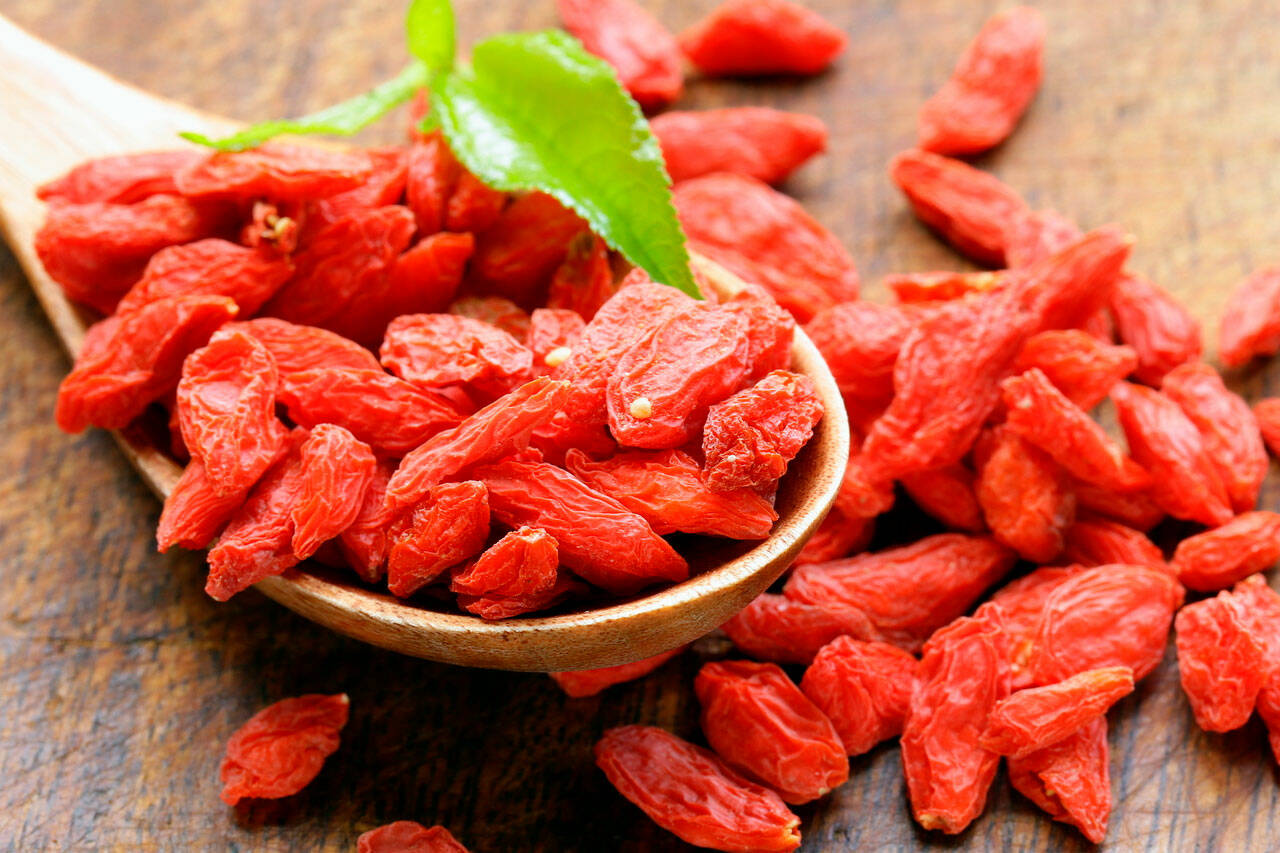
Berberine, a natural alkaloid derived from plants like goldenseal and barberry, has attracted attention due to its effects on managing diabetes. It has been shown to decrease blood sugar levels, improve insulin sensitivity, and increase glucose intake. Berberine’s action method involves activating AMP-activated protein kinase (AMPK), which regulates the metabolism of glucose and lipids. Studies have demonstrated its effectiveness in managing type 2 diabetes, with benefits similar to conventional oral hypoglycemic agents.
Bitter Gourd (Momordica charantia)
In Ayurvedic medicine, bitter gourd, also known as bitter melon, has traditionally been used to manage diabetes. Its active compounds, charantin and momordicoside, exhibit anti-diabetic properties. Bitter gourd has been proven to decrease blood sugar levels, improve insulin sensitivity, and enhance glucose metabolism. Additionally, its properties as an antioxidant protect against oxidative stress and inflammation associated with diabetes.
Cayenne (Capsicum frutescens)
:max_bytes(150000):strip_icc()/Health-Stocksy_txp6898552apet300_Medium_4152963-217acbbc18084fd38fb0c327cb3de8fb.jpg)
Cayenne pepper contains capsaicin and has historically been used to manage diabetes. Capsaicin possesses anti-inflammatory properties, leading to improved sensitivity to insulin and glucose intake. It also enhances the function of pancreatic beta cells, thereby increasing insulin secretion. Studies have shown that cayenne pepper can reduce blood sugar levels and improve glycemic control in individuals with type 2 diabetes.
Cinnamon

Cinnamon, a commonly used spice, has been found to possess anti-diabetic properties. Its active compound, cinnamaldehyde, improves insulin sensitivity, increases glucose intake, and reduces inflammation. Research has indicated that cinnamon can reduce fasting blood sugar levels and improve the control of glycemic levels in people with type 2 diabetes. Its properties as an antioxidant also protect against oxidative stress and inflammation associated with diabetes.
Flaxseed

Flaxseed, sourced from Linum usitatissimum, is an excellent source of omega-3 fatty acids, fiber, and lignans. These elements have been demonstrated to enhance the body’s response to insulin, decrease swelling, and lower blood sugar levels. Research indicates that integrating flaxseed into your diet can assist in managing diabetes by reducing fasting glucose levels and hemoglobin A1c (HbA1c) in people with type 2 diabetes.
Ginger
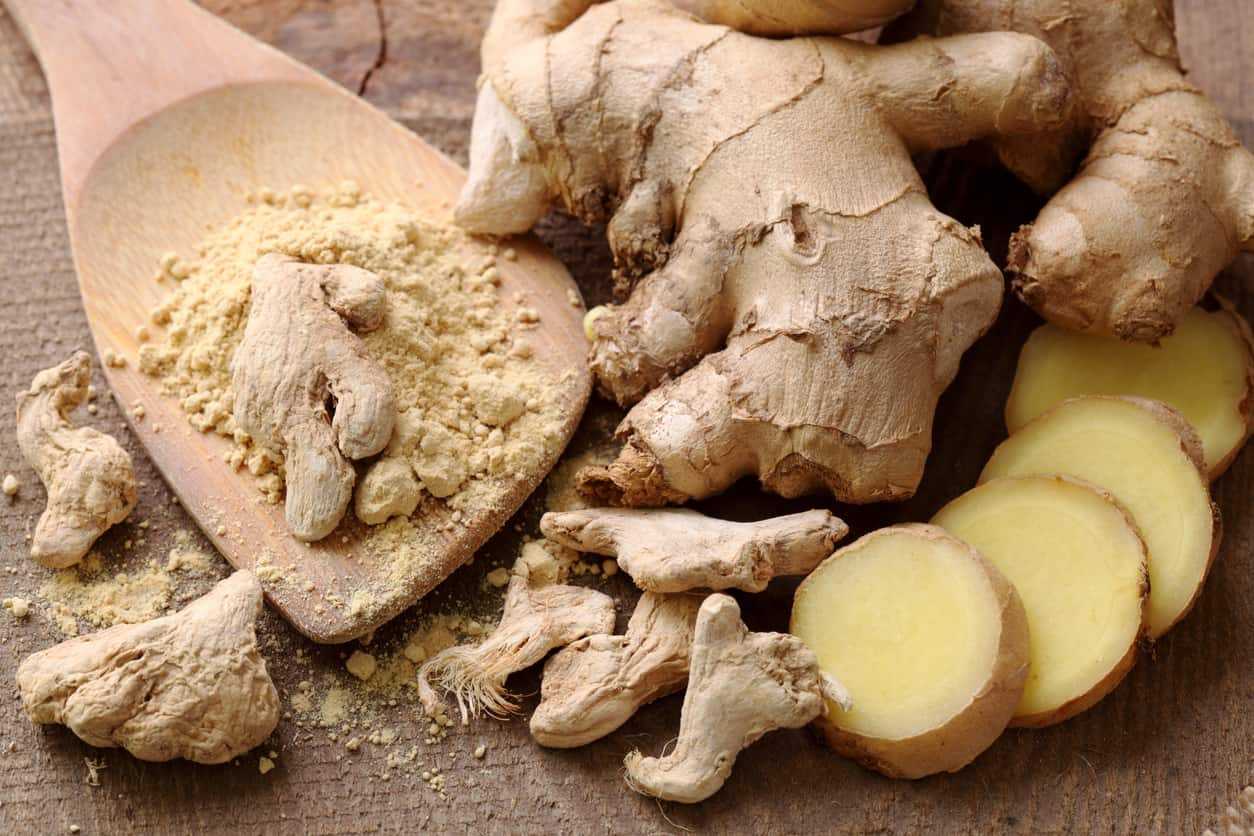
Ginger, a commonly used spice, has properties that can help manage diabetes, including anti-inflammatory and antioxidant properties. Gingerol, a key component in ginger, has been found to enhance the body’s response to insulin, reduce inflammation, and lower blood sugar levels. Studies suggest that adding ginger can reduce fasting glucose levels, improve glucose tolerance, and alleviate oxidative stress in individuals with type 2 diabetes. Additionally, the active components in ginger help regulate lipid metabolism, reducing the risk of cardiovascular complications.
Ginkgo Biloba
Ginkgo biloba, an ancient plant used in traditional medicine, contains flavonoids and terpenoids with antioxidant and anti-inflammatory properties. Studies have suggested that ginkgo biloba extract can improve the body’s response to insulin, reduce oxidative stress, and lower blood sugar levels. Research indicates that ginkgo biloba supplementation can improve glucose metabolism, reduce inflammation, and enhance endothelial function in individuals with type 2 diabetes.
Gurmar
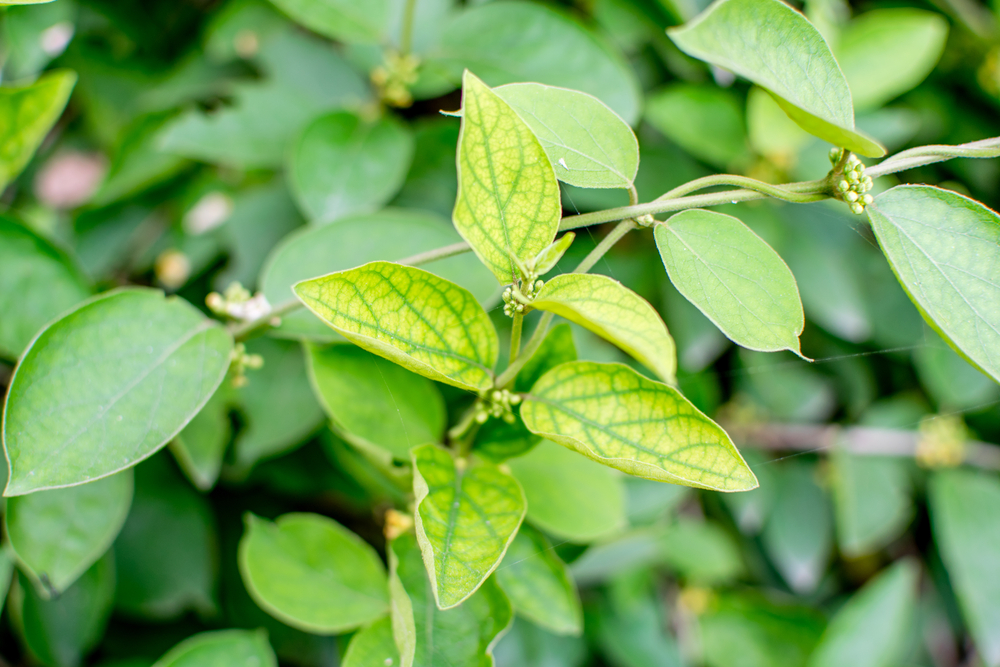
Gurmar, also known as Gymnema Sylvestre, is an Indian herb historically used in diabetes management. Its leaves contain gymnemic acid, which reduces sugar cravings and enhances the body’s response to insulin. Research has shown that supplementing with gurmar can decrease fasting glucose levels, improve glucose tolerance, and reduce HbA1c levels in individuals with type 2 diabetes. Furthermore, gurmar helps regulate lipid metabolism and reduce oxidative stress.
Hydroxycitric acid (HCA)
Hydroxycitric acid (HCA), derived from the fruit of Garcinia cambogia, is a natural weight loss supplement that aids in diabetes management. HCA inhibits citrate lyase, an enzyme that converts carbohydrates into fat, thereby reducing glucose production in the liver. Studies suggest that HCA supplementation can lower fasting glucose levels, improve glucose tolerance, and reduce body weight in individuals with type 2 diabetes.
Lagerstoemia speciosa

Lagerstoemia speciosa, or Banaba, is a Philippine herb used for centuries to manage diabetes. Its leaves contain corosolic acid, which enhances the body’s response to insulin, reduces inflammation, and lowers blood sugar levels. Studies have shown that Banaba supplementation can lower fasting glucose levels, improve glucose tolerance, and decrease HbA1c levels in individuals with type 2 diabetes.
Nopal (Opuntia fulignosa)
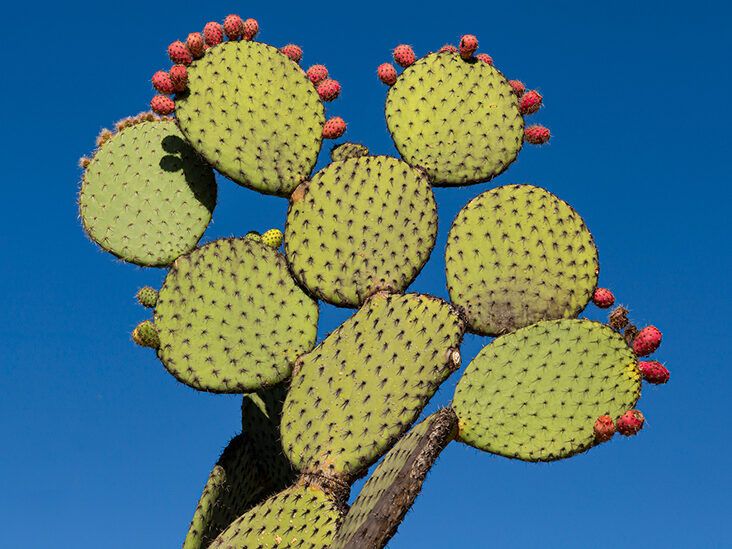
Nopal, derived from the prickly pear cactus, is a rich source of fiber, vitamins, and minerals. Its stems contain compounds that improve the body’s response to insulin, reduce inflammation, and lower blood sugar levels. Research suggests that Nopal supplementation can lower fasting glucose levels, improve glucose tolerance, and reduce oxidative stress in individuals with type 2 diabetes.
Onions and Garlic (Allium cepa and Allium sativum)
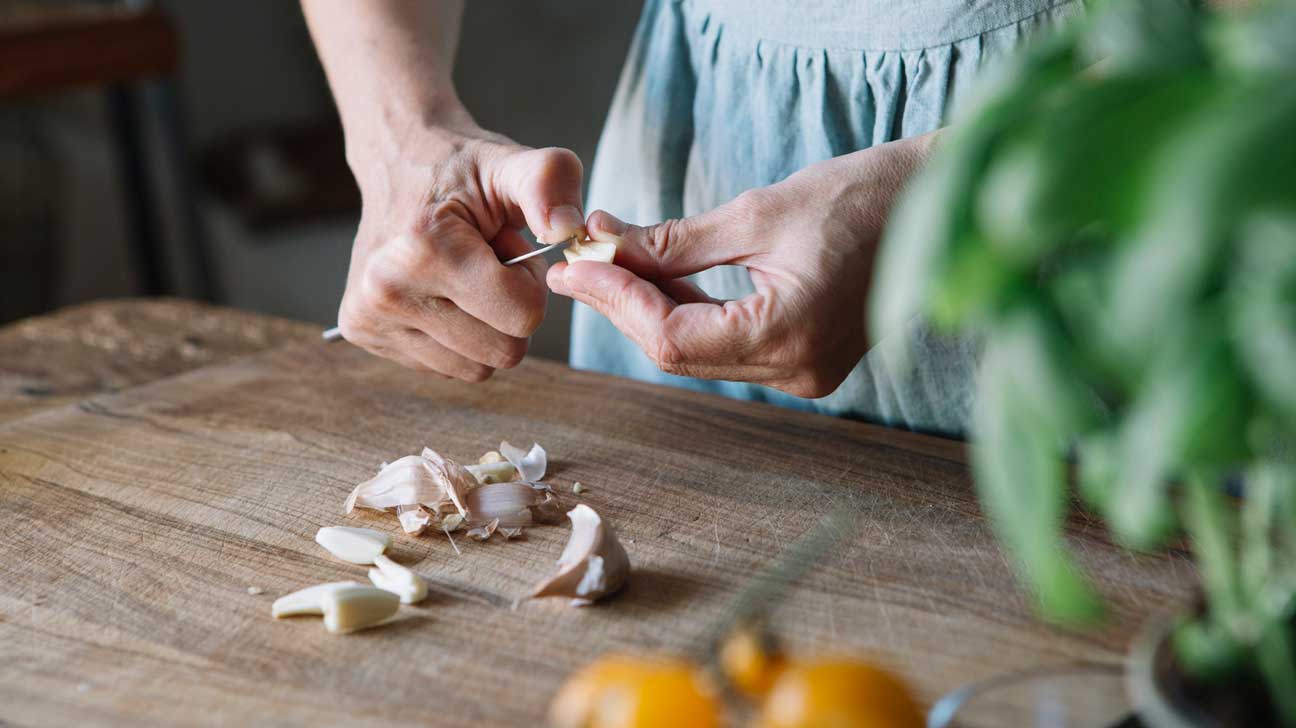
Onions and garlic, belonging to the Allium family, contain compounds with anti-inflammatory and antioxidant properties. These compounds improve the body’s response to insulin, reduce inflammation, and lower blood sugar levels. Studies have shown that supplementing with onions and garlic can lower fasting glucose levels, improve glucose tolerance, and reduce oxidative stress in individuals with type 2 diabetes.
Pomegranate (Punica granatum)
This fruit is abundant in antioxidants and polyphenols, which have been discovered to enhance insulin sensitivity, decrease inflammation, and lower blood sugar levels. Studies indicate that drinking pomegranate juice and using extract can reduce fasting glucose levels, improve glucose tolerance, and lessen oxidative stress in people with type 2 diabetes. The active components in pomegranate also regulate lipid metabolism, thus decreasing the risk of cardiovascular complications.
Pycogenol
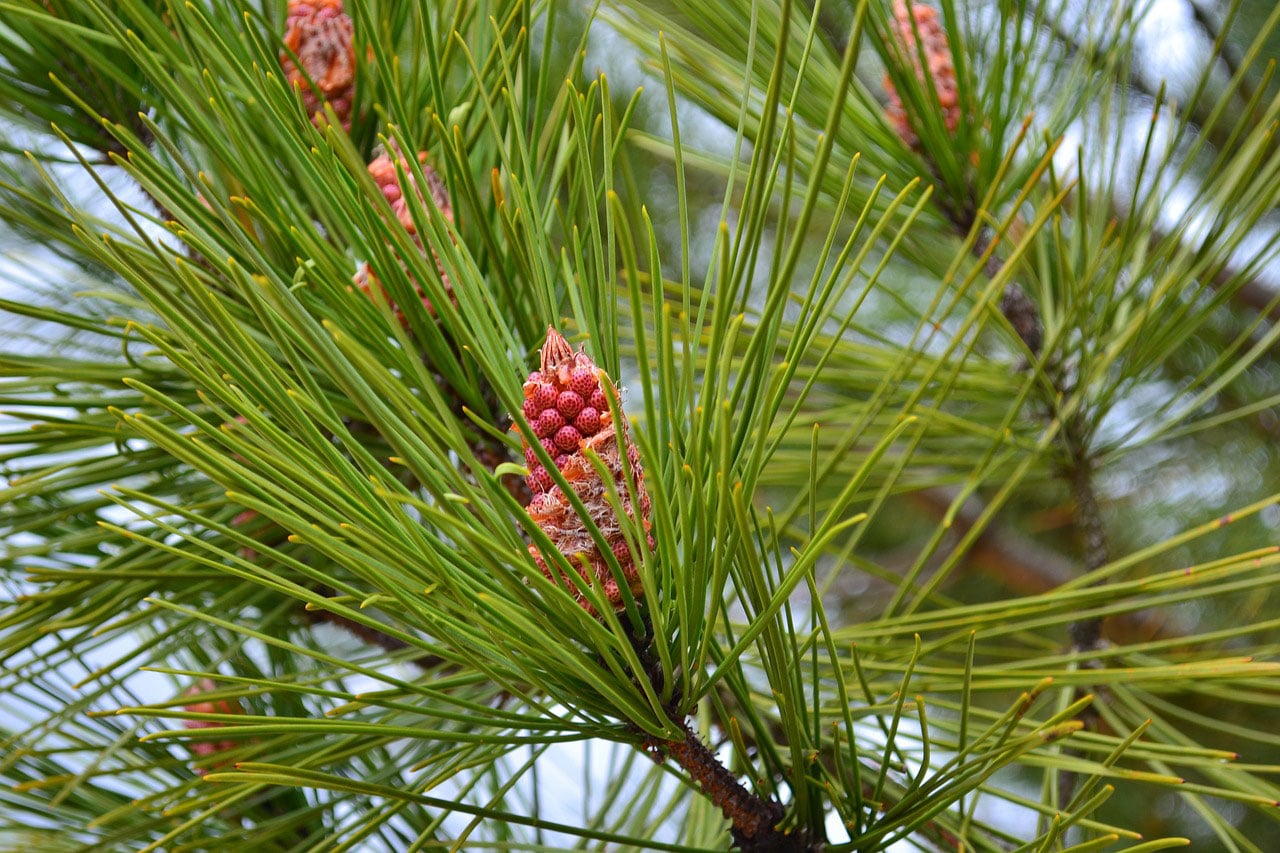
Derived from French maritime pine bark, this extract contains high levels of flavonoids and phenolic acids. Its antioxidant properties help decrease oxidative stress and inflammation, improving insulin sensitivity and glucose metabolism. Research indicates that supplementing with Pycnogenol can reduce fasting glucose levels, improve glucose tolerance, and decrease HbA1c levels in individuals with type 2 diabetes.
Red Yeast Rice (monascus purpureus)

A traditional Chinese medicine, red yeast rice has been shown to improve insulin sensitivity, decrease inflammation, and lower blood sugar levels. Its active compound, monacolin K, inhibits HMG-CoA reductase, reducing cholesterol synthesis and improving glucose metabolism. Research suggests that supplementing with red yeast rice can reduce fasting glucose levels, improve glucose tolerance, and decrease cardiovascular risk factors.
Resveratrol

This polyphenol, found in grapes, berries, and peanuts, possesses anti-inflammatory and antioxidant properties. It enhances insulin sensitivity, reduces oxidative stress, and activates AMPK, which regulates glucose metabolism. Studies have shown that supplementation with resveratrol can lead to decreased fasting glucose levels, improved glucose tolerance, and reduced HbA1c levels in individuals with type 2 diabetes.
Silymarin (Milk Thistle)

Derived from milk thistle seeds, silymarin is rich in flavonoids and phenolic acids. Its antioxidant properties help decrease oxidative stress and inflammation, improving insulin sensitivity and glucose metabolism. Research suggests that supplementing with silymarin can reduce fasting glucose levels, improve glucose tolerance, and decrease HbA1c levels in individuals with type 2 diabetes.
Sulforaphane

Found in cruciferous vegetables, sulforaphane possesses anti-inflammatory and antioxidant properties. It enhances insulin sensitivity, reduces oxidative stress, and activates NRF2, which regulates glucose metabolism. Studies have shown that supplementing with sulforaphane can decrease fasting glucose levels, improve glucose tolerance, and reduce HbA1c levels in individuals with type 2 diabetes.
Tea (camellia senensis)

Green tea contains high levels of catechins and polyphenols. These compounds enhance sensitivity to insulin, reduce inflammation, and lower blood sugar levels. Research suggests that consuming tea can reduce fasting glucose levels, improve glucose tolerance, and decrease cardiovascular risk factors.
Conclusion
Manage Diabetes naturally requires a comprehensive approach, and herbal remedies can serve as a valuable component in complementing conventional treatments. The herbs highlighted in this piece – turmeric, ginger, cinnamon, berberine, and chromium – have demonstrated the potential to regulate blood sugar levels, enhance insulin sensitivity, and mitigate diabetes-related complications. While these herbs are not a substitute for medical intervention, they can serve as a beneficial complement to a healthy lifestyle and prescribed medication regimen. It is essential to seek guidance from a healthcare professional before integrating herbal supplements into your diabetes management strategy.

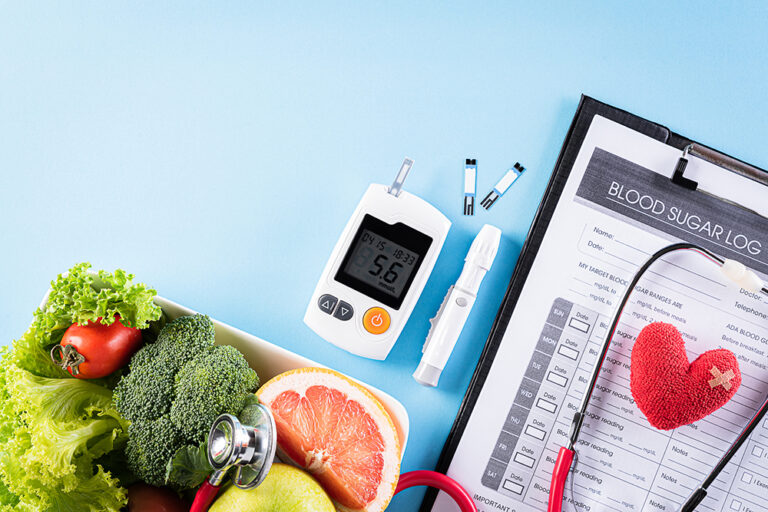
:max_bytes(150000):strip_icc()/american-ginseng-health-benefits-89218-primary-recirc-dfe8e9783e034385826121d80bed9d2a.jpg)
